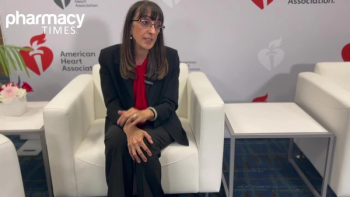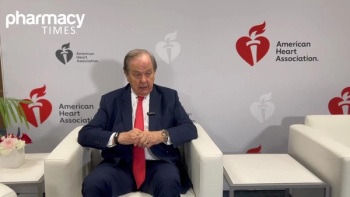
Many Medicare Patients Prescribed Opioids by Multiple Providers
Medicare patients who were prescribed opioids by multiple providers were more likely to be hospitalized due to adverse effects, but researchers note that pharmacists can help fix the problem.
Medicare patients who were prescribed opioids by multiple providers were more likely to be hospitalized due to adverse effects, but researchers note that pharmacists can help fix the problem.
Medicare patients taking opioid painkillers often receive their prescriptions from multiple providers, according to the results of a recent study. The retrospective cohort
The researchers assessed the frequency of opioid prescribing by multiple providers in a random sample of Medicare Part D beneficiaries who had filled at least 1 prescription for an opioid in 2010. Information on each prescriber was collected and analyzed. The researchers also analyzed the association between prescriptions from multiple providers and hospital admissions related to opioid use.
The results indicated that receiving opioid prescriptions from multiple providers is common among Medicare beneficiaries. Among beneficiaries with at least 1 opioid prescription, 23.1% filled prescriptions from 2 providers, 9.5% filled prescriptions from 3 providers, and 7.9% received prescriptions from 4 or more providers. Of the 1,208,100 patients who filled more than 1 opioid prescription, 34.6% had prescriptions from 2 providers, 14.2% from 3 providers, and 11.9% from 4 or more providers. Younger patients and those who were also prescribed antineoplastic drugs, stimulants, other central nervous system drugs, neuromuscular drugs, and non-narcotic analgesic drugs were more likely to receive prescriptions from multiple providers.
Patients who received prescriptions from multiple providers were also more likely to receive concurrent opioid prescriptions. Among patients who received prescriptions from 2 providers, 28.7% received concurrent opioid prescriptions from both prescribers, and 52.5% of patients with opioid prescriptions from 3 providers received concurrent opioid prescriptions from at least 2 of the providers. Of patients with opioid prescriptions from 4 or more providers, 77.2% had concurrent opioid prescriptions from 2 or more providers, with the primary health care provider prescribing less than half of the average total number of prescriptions per patient.
Patients who received opioid prescriptions from multiple providers were also more likely to be hospitalized for adverse effects related to the painkillers. The annual rate of admission was just 1.63% among patients with a single prescriber, compared with 2.08% for patients with 2 prescribers, 2.87% for those with 3 prescribers, and 4.83% for those with prescriptions from 4 or more providers.
Although previous studies have associated opioid prescriptions from multiple providers with “
“[P]harmacists can use computerized databases of prescription filling integrated into their practice to notify all providers when a patient concurrently fills two or more prescriptions for an opioid from multiple providers,” they write.
Newsletter
Stay informed on drug updates, treatment guidelines, and pharmacy practice trends—subscribe to Pharmacy Times for weekly clinical insights.
















































































































































































































